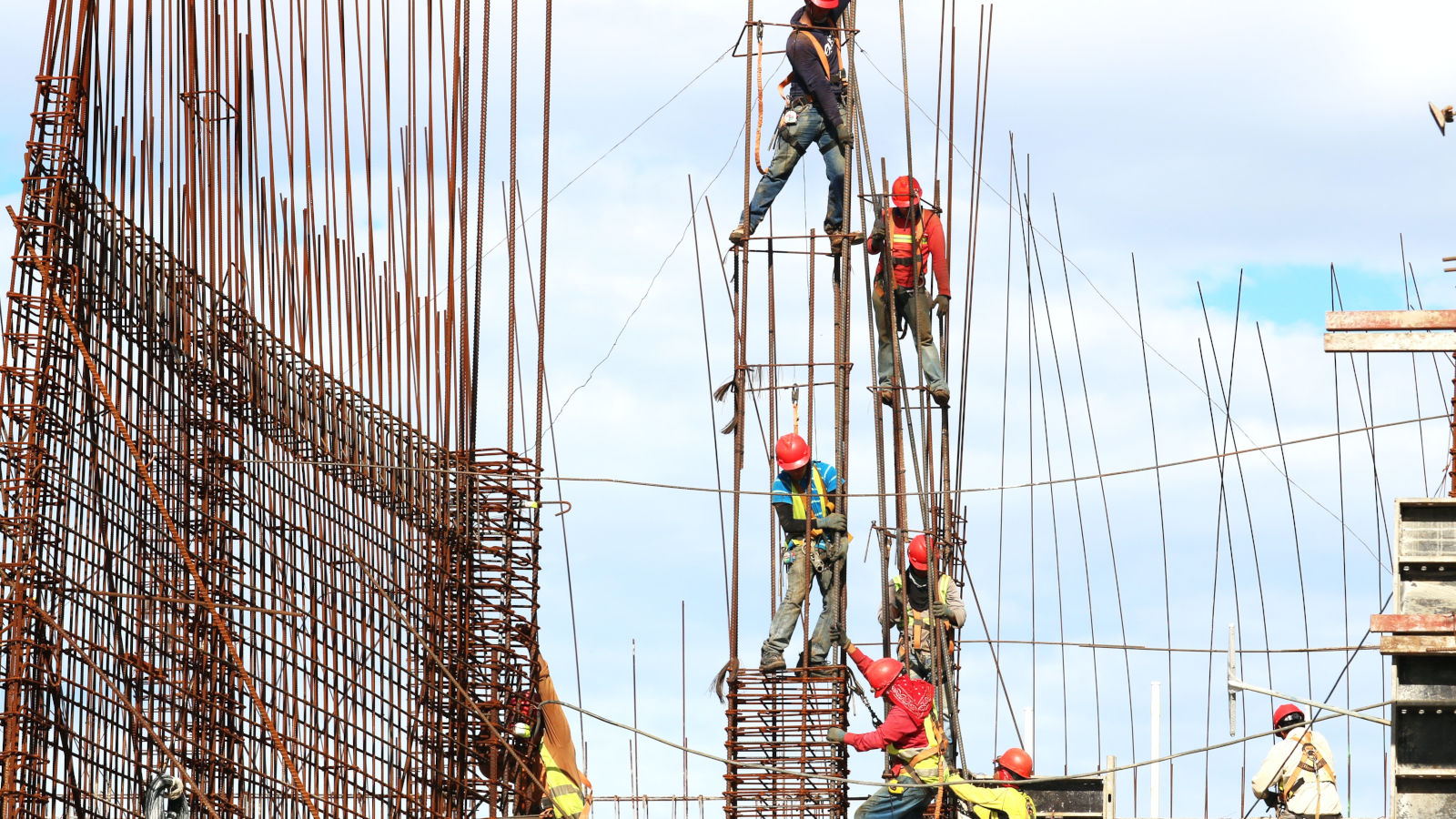
The autumn update of the European construction market outlook was presented at the 92nd EUROCONSTRUCT- Conference, hosted by the CRESME Ricerche. The conference took place on-site in Verona, on 12 November 2021 and was also broadcasted via youtube.com. The forecasts were shared with an audience of about 70 participants in Verona and a total of about 200 webinar participants from the construction and related industries.
The first result that was highlighted is the better-than-expected performance of the European construction sector in 2021, even concerning the already more optimistic summer edition of the EC network forecast. According to the new assessment, the European construction output is set to grow by 5.6% in 2021, reaching a level of 1,740 billion euro. This means a full recovery of the loss in 2020. The upward correction is based on numerous factors: the synchronous international upswing, the use of infrastructure investment as a classic instrument of fiscal policy, the introduction of generous incentives for building renovation and the growth of the housing sector against a backdrop of low financing costs and rising real estate prices that have favoured the upswing in investment. In addition, the changes induced (to avoid repetition…) by the pandemic affected some phenomena already underway, accelerating them or triggering new demand.
The overall trend consists of different national developments in 2021: in seven out of 19 Euroconstruct countries the pre-crisis level has already been significantly exceeded, in six others the market capacity is flat compared to the 2019 level, while in the remaining six the gap is still negative, with one big country that still has to reabsorb an around 10% negative gap.
In particular, construction output in Denmark, Sweden and Italy should increase by 10% or more at the end of the current year, compared to the 2019 level; in Norway, Belgium, Finland and Portugal by a percentage ranging from 4% to 6%. Slovakia is, by contrast, the country with the sharpest negative decline, followed by France, Hungary, Spain, Czechia, and Ireland, while in the Netherlands, Germany, the United Kingdom, together with Austria, Switzerland, Poland and, the market can be described as stagnating on 2019 level, with a growth rate ranging from -1% to +1.5%.
The new short-term outlook is defined by buoyant growth next year (+3.6%) and by an increase of no more than 1.5% over the next two-year period.
All non-residential construction sectors will show a relatively better short-term performance, against a more moderate increase in the level of expenditure for housing: in particular, for civil engineering, a growth rate close to 3% per year, is estimated, not so far from that expected for non-residential building (+2.5% on average 2022-2024), while for the biggest European market the slowing path should be more pronounced (+1.6%). At a country level, the positive development is sustained by a strong growth (of over 4%) in Ireland, Spain, Hungary and the United Kingdom; a flat trend is expected for Germany and Switzerland, while sectorial output is expected to shrink in Finland and Sweden.
ABOUT THE AUTHOR
Antonella Stemperini
CRESME Ricerche, Italy
Antonella is a Senior Researcher at CRESME Ricerche where her role is focused on designing, directing, coordinating, and implementing numerous research projects, studies, and reports, as well as creating periodic newsletters.
There are two major elements of uncertainty that may undermine the robustness of the current forecasting scenario: the pandemic factor (the possibility of new waves and the effectiveness, rather than the progress of vaccination plans) and the inflation factor. On the negative side, we must consider that the “unwished risk” of new waves, is much more a reality in many countries, but on the positive side, there is awareness of the effectiveness of fiscal and monetary measures in stimulating the construction industry, particularly during a recovery phase. As well as the sound basic condition that still supports many segments of construction activity, despite the pandemic. More worrying is the inflation risk. Even in light of the surge in energy prices, inflation picked up again from the second half of 2020, and price growth remained firmly above pre-pandemic levels for much of this year in almost all European countries. From commodity prices it transferred to the construction activity, exacerbating the situation of the bottlenecks of supply, also affected by the problem of the workforce. In general, this inflationary trend, which is linked to an imbalance between supply and demand, could be temporary, with a tendency to be reabsorbed in the short term, given that inflation expectations remain under control, anchored to the 2% threshold, neutralising the risk of a sharp acceleration in the inventory accumulation cycle, otherwise inflation could rise unexpectedly in the medium term.
However, and trying to sum up, many drivers have to be considered to explain the short-term development of the European construction sector i.e.: the strength of global economy, the pandemic situation (under control or not?), the inflation pressure (only transitory?), fiscal and monetary policy (slow exit?), the process of population ageing, the duration of public incentives, the level of household income, the development of property prices, the direction of housing policies, the effectiveness of energy efficiency measures, the stagnation in mature countries (Germany), the new demand for offices, the role of public non-residential sectors, the improved corporate profits, the high and growing level of debt (private and public); the infrastructural developments (esp. in Eastern and Southern Europe), EU Funds (and the capability to spend them well and on time).
ABOUT THE AUTHOR
Antonella Stemperini
CRESME Ricerche, Italy
Antonella is a Senior Researcher at CRESME Ricerche where her role is focused on designing, directing, coordinating, and implementing numerous research projects, studies, and reports, as well as creating periodic newsletters.
